1. Castillo de San Marcos, Florida

This stunning, star-shaped fortress in St. Augustine, Florida, instantly transports you to the age of Spanish colonial power, feeling much like a visit to a historical site in Europe or the Caribbean. Constructed by the Spanish starting in 1672, the Castillo is the oldest masonry fort in the continental United States and is made of coquina, a unique local shell-stone. Its massive walls and historic architecture reflect the military engineering and territorial ambitions of the Spanish Empire, offering a palpable link to the global rivalries that shaped early American history. A walk through its gun deck and inner courtyard provides a direct connection to a world of conquistadors and centuries-old European military strategy.
2. The Getty Center, California
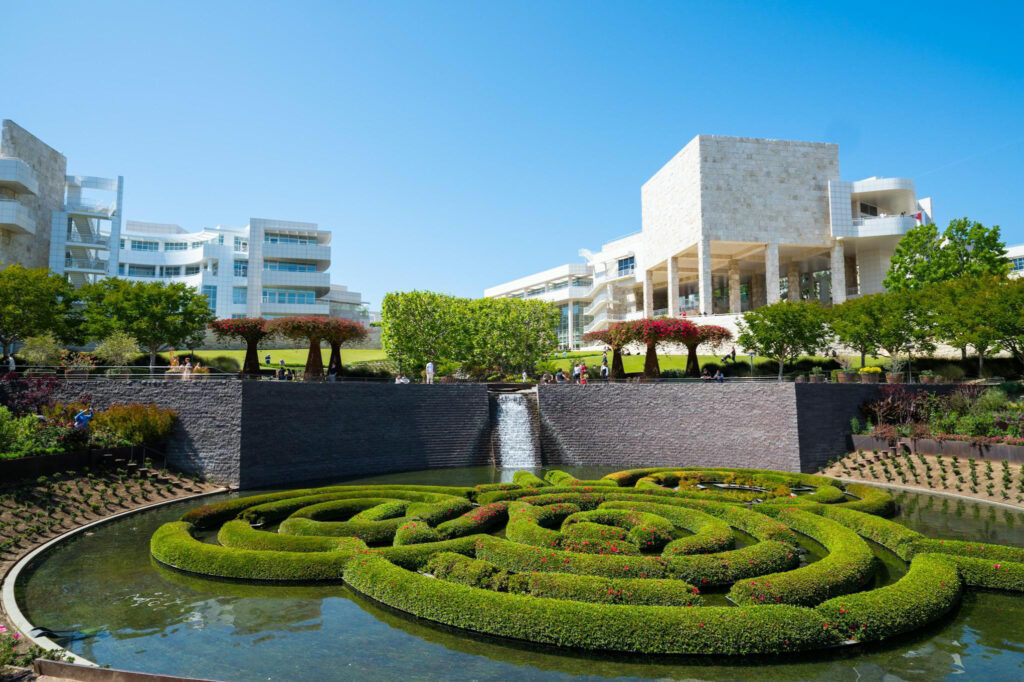
Visiting the Getty Center in Los Angeles feels akin to a day trip to an opulent, modern art complex in Europe, perhaps in Italy or France. Renowned for its stunning modern architecture designed by Richard Meier and its breathtaking views of the city, the museum houses a vast collection of Western art from the Middle Ages to the present, including illuminated manuscripts and European paintings. The meticulous central garden, a living sculpture by artist Robert Irwin, adds to the serene, cultivated atmosphere. The combination of world-class art, sophisticated design, and expansive grounds creates an overwhelmingly cosmopolitan experience that is far removed from the everyday.
3. Historic St. Augustine, Florida
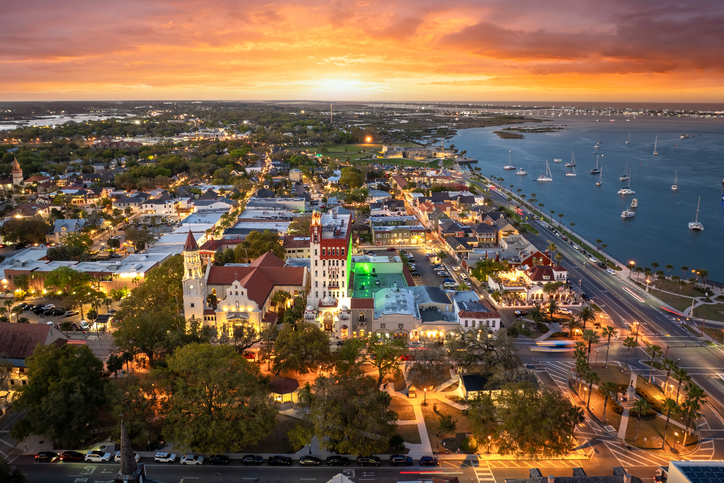
As the oldest continuously inhabited European-established settlement in the continental United States, St. Augustine offers a deep dive into Spanish colonial history that mirrors a walk through old-town centers in Spain. Founded in 1565, the city’s cobblestone streets, preserved Spanish architecture, and historical reenactments transport visitors back to the 16th and 17th centuries. Exploring the Colonial Quarter or the narrow pedestrian-only St. George Street, with its lively markets and historic inns, provides a tangible link to the Iberian Peninsula, showcasing an era when Florida was a critical part of a vast global empire.
4. Solvang, California
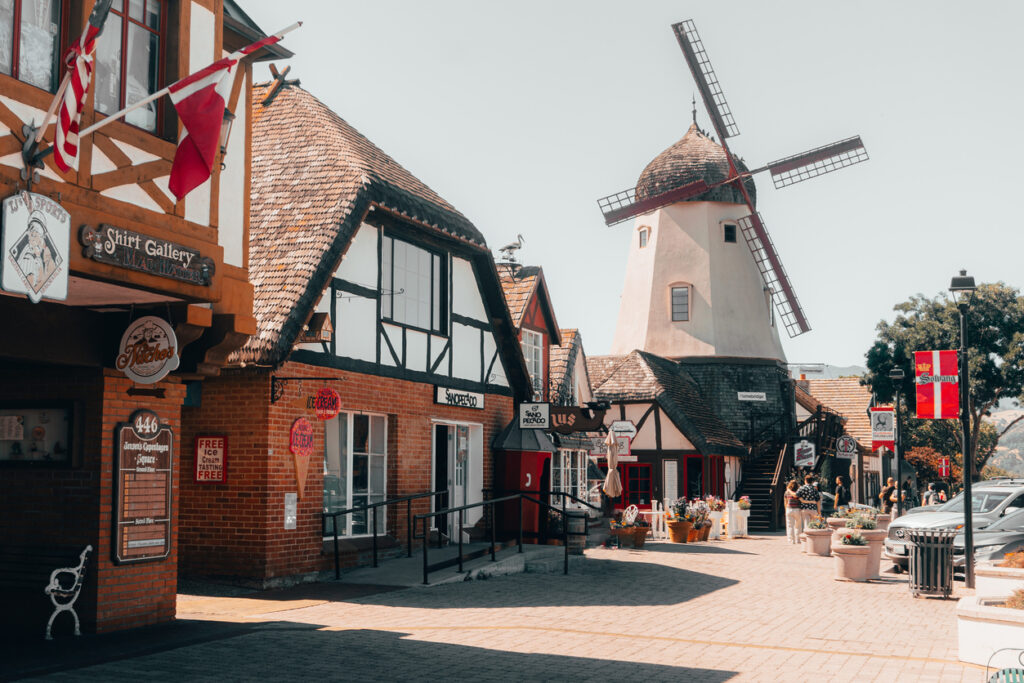
This charming, purpose-built town in California’s Santa Ynez Valley is a slice of Denmark, complete with authentic Danish-style architecture, windmills, and bakeries. Founded by a group of Danish immigrants in 1911, Solvang maintains its unique cultural heritage, offering an immediate sense of Northern European quaintness. Visitors can explore traditional half-timbered buildings, browse Danish-themed shops, and enjoy aebleskiver (Danish pancakes) and other pastries. The intentional preservation of their ancestral culture provides an immediate and delightful immersion into Danish village life.
5. Museum of Anthropology, British Columbia
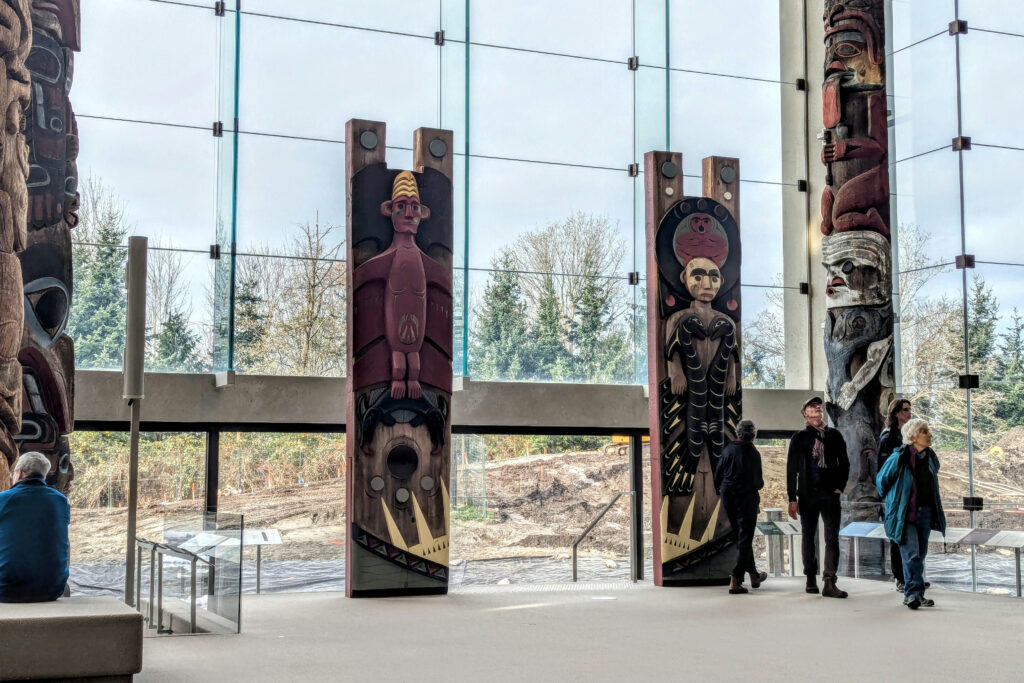
While technically a short trip across the border, the Museum of Anthropology at the University of British Columbia in Vancouver offers such a profound immersion into the global cultures of the Northwest Coast First Nations and other international exhibits that it feels like a world journey. Its stunning glass and concrete architecture, designed by Arthur Erickson, provides a dramatic setting for massive totem poles and intricate artifacts. The museum’s focus on world arts and cultures, with a significant collection from the Pacific, Asia, and other regions, delivers a deeply engaging, international educational experience right on the continent’s edge.
6. New Orleans’ French Quarter, Louisiana

Wandering through the French Quarter is an unmistakable experience that echoes the historic charm of a European city, particularly one with strong French and Spanish colonial roots like parts of the Caribbean or Southern France. Its wrought-iron balconies, gas lanterns, and unique architectural blend of Spanish, French, and Caribbean influences create an atmosphere unlike any other in the United States. Established by the French in 1718, the Vieux Carré (Old Square) is a living history lesson in colonial succession and cultural fusion, offering field-trippers a genuine taste of a truly unique and centuries-old urban culture.
7. Olvera Street, California

Nestled in the oldest part of Downtown Los Angeles, Olvera Street provides a vibrant, sensory-rich experience that immediately transports visitors to a traditional Mexican mercado or plaza. Known as “the birthplace of Los Angeles,” this historic street is a colorful marketplace lined with stalls selling Mexican handicrafts, delicious food, and traditional music. It was restored and opened in 1930 as a nod to the city’s Spanish and Mexican heritage. The authentic sights, sounds, and smells offer a lively and immediate cultural immersion into Mexican tradition and history.
8. Holland, Michigan
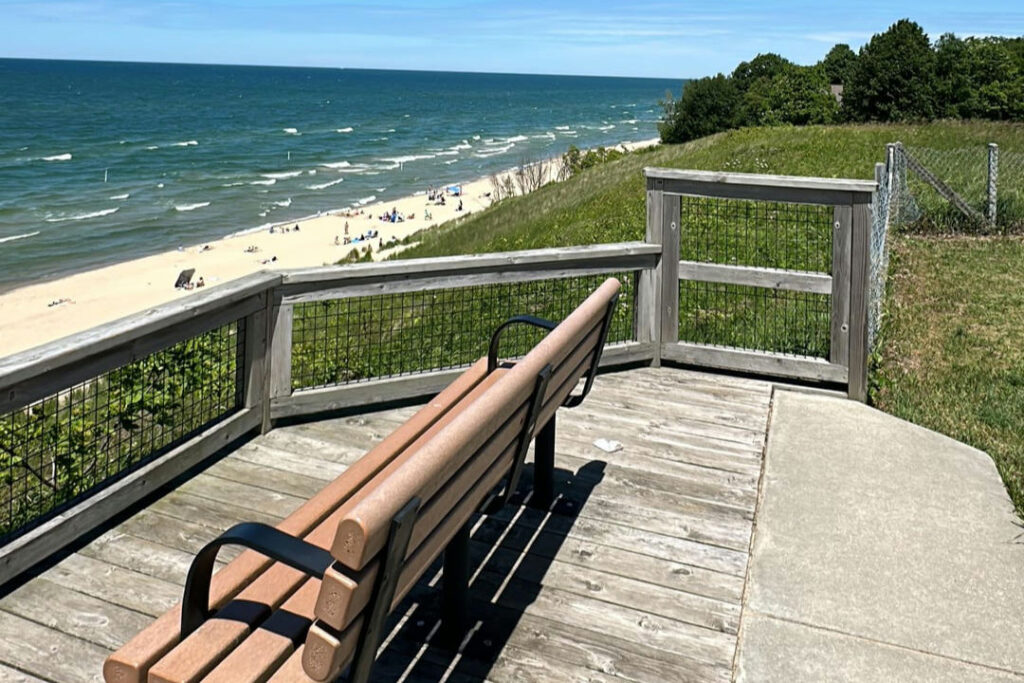
Much like its California counterpart, Holland, Michigan, offers a distinct Dutch experience, particularly known for its annual Tulip Time Festival and the impressive DeZwaan Windmill. The 250-year-old windmill, an authentic import from the Netherlands, is the only working Dutch windmill in the United States. Exploring Windmill Island Gardens, which features over 100,000 tulips, provides a vivid landscape reminiscent of the Netherlands’ famous flower fields. This dedication to preserving the Dutch immigrant heritage creates a picturesque and educational Northern European escape.
9. San Antonio Missions National Historical Park, Texas

Exploring the four Spanish colonial missions that make up this park, including the iconic Alamo, offers an experience similar to visiting historic religious sites in Spain or Latin America. Designated a UNESCO World Heritage Site, these missions were established in the early 18th century by Catholic orders to spread Christianity and expand the Spanish empire. The beautiful stonework, including the unique carved façade of Mission San José, and the tranquil settings provide an evocative look at the Spanish frontier and its enduring cultural and architectural legacy in North America.
10. Bavarian Village of Leavenworth, Washington
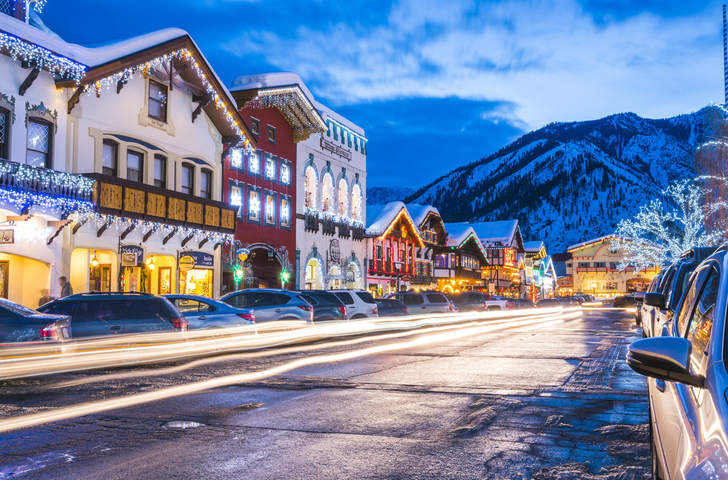
Set against the dramatic backdrop of the Cascade Mountains, Leavenworth is a small town entirely remodeled in the style of a traditional Bavarian village, giving it the immediate feel of Germany’s alpine regions. Following an economic slump in the 1960s, town leaders adopted a strict Bavarian theme for all local architecture to revitalize tourism. The result is a town filled with half-timbered buildings, German-style murals, and specialty shops that host year-round German festivals. The scenic mountain setting truly completes the illusion of being deep within the German Alps.
11. The Japanese Garden at Portland, Oregon
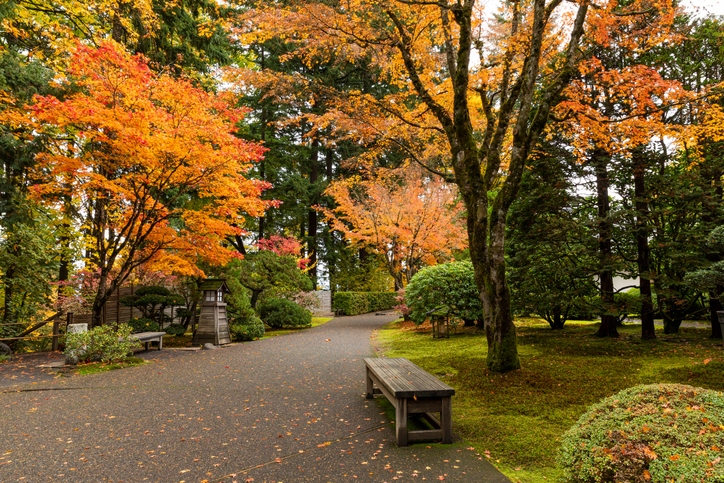
Widely considered one of the most authentic and beautiful Japanese gardens outside of Japan, this expansive site in Portland offers a deep sense of tranquil Japanese aesthetics and design philosophy. It is composed of five distinct garden styles, including a Strolling Pond Garden and a Tea Garden, each meticulously maintained to reflect the harmony and balance of Japanese landscape art. The garden serves not just as a beautiful space, but as a cultural center, providing a profoundly peaceful and immersive journey into Japanese culture and horticulture.
12. The National Museum of the American Indian, Washington D.C.

While firmly rooted in American history, this Smithsonian museum on the National Mall offers a global perspective by focusing on the diverse cultures of the indigenous peoples of the entire Western Hemisphere. The curvilinear, stone-clad building, designed to evoke a natural rock formation, houses an extensive collection from across North, Central, and South America. The museum’s approach, which often allows indigenous communities to curate their own stories, provides an eye-opening cultural journey that feels like traversing multiple nations and distinct worldviews in a single location.
13. Vizcaya Museum & Gardens, Florida

This stunning Italianate villa and estate in Miami, built between 1914 and 1922, is designed to emulate the grand Renaissance and Baroque villas of Italy, complete with formal European gardens and original artwork. The architecture and the meticulous layout of the grounds, which feature fountains, pools, and sculptures, reflect the aesthetic of a classic Italian palace. Visiting Vizcaya is like stepping into an era of European aristocratic glamour and architectural detail, offering a rare glimpse into a transatlantic interpretation of European luxury.
14. Chaco Culture National Historical Park, New Mexico

Exploring the monumental ancient settlements and great houses of the Ancestral Puebloan people at Chaco Canyon offers a journey back in time that rivals the awe inspired by ruins in Mesoamerica or the Mediterranean. These massive stone structures, built between 850 and 1250 A.D., represent a major center of Native American culture. The sophistication of the architecture and the evident astronomical alignments showcase a complex, highly organized society, providing a profound historical and archaeological experience in the stark, beautiful landscape of the American Southwest.
15. The Venetian Resort, Las Vegas, Nevada
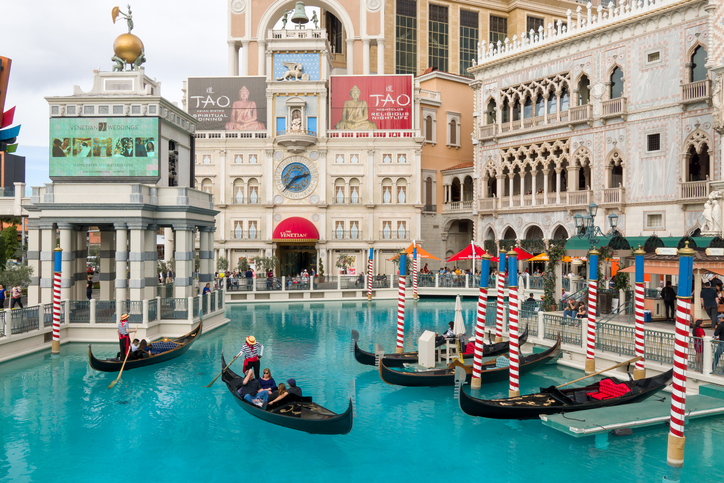
While certainly a modern marvel, this resort is an intense architectural study and a surprisingly authentic-feeling recreation of the city of Venice, Italy. It features meticulously crafted replicas of St. Mark’s Square, the Campanile, the Doge’s Palace, and the Grand Canal, complete with gondola rides and singing gondoliers. For a study of architectural mimicry and the art of illusion, walking the indoor and outdoor pathways offers a hyper-real, concentrated dose of one of Italy’s most famous cities, providing a unique look at how iconic global sites are reinterpreted.
16. Isabella Stewart Gardner Museum, Massachusetts
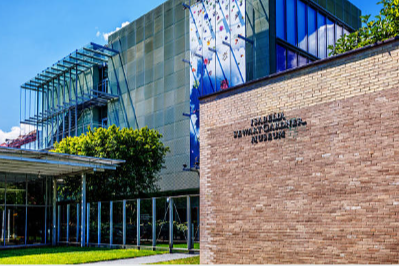
The museum itself is a work of art, designed after a 15th-century Venetian palace to house the impressive collection of its founder, Isabella Stewart Gardner. Walking through the inner courtyard, filled with lush greenery and surrounded by four stories of Italianate architecture, instantly evokes the ambiance of a palazzo in Venice. The collection is displayed exactly as Gardner intended, mixing European masterpieces, tapestries, and decorative arts, creating a distinctly personal and historical European cultural immersion.
17. The Cloisters, New York
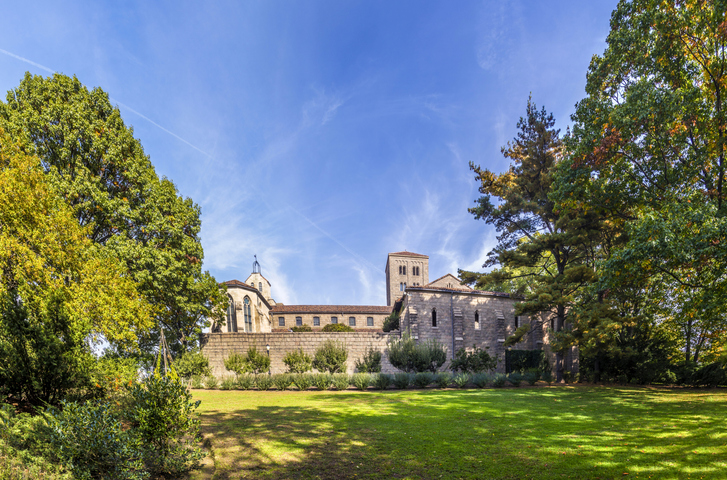
A branch of the Metropolitan Museum of Art, The Cloisters is dedicated to the art and architecture of medieval Europe, from the 12th to the 15th centuries. Located in Fort Tryon Park, the museum is built around four actual medieval cloisters, covered walkways from European monasteries, that were disassembled in Europe and reassembled here. Its unique design and setting high above the Hudson River create a remarkably authentic and serene atmosphere, offering a quiet, academic trip back to the monastic life of the European Middle Ages.
18. The Epcot World Showcase, Florida

This permanent world’s fair offers a fun, concentrated, and detailed look at the architecture, cuisine, and culture of 11 different countries in a single, walkable loop. From the towering pagoda of Japan and the detailed German village to the ancient ruins of Mexico’s pyramid, each pavilion employs cultural representatives from the actual country to enhance the authenticity of the experience. Though commercial, it is a masterclass in cross-cultural comparison and is often used by educators to kickstart lessons on global geography, customs, and international relations.
19. Taliesin West, Arizona
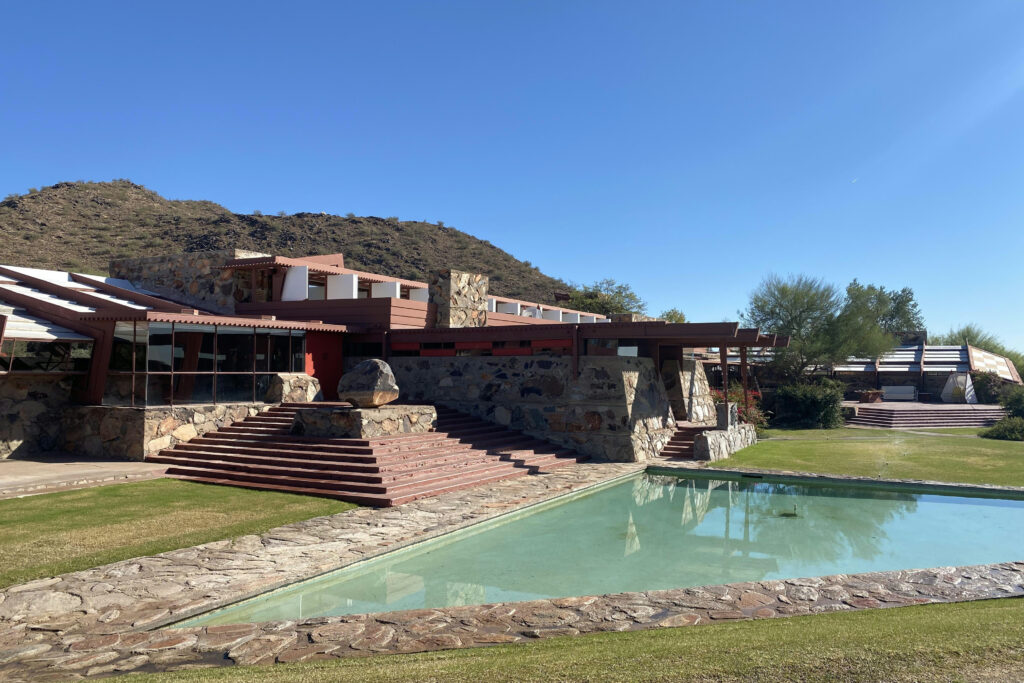
Frank Lloyd Wright’s former winter home and architectural school in Scottsdale offers a study in how Wright integrated Eastern, particularly Japanese, design principles with the stark desert landscape. His concept of “organic architecture” and the use of local materials reflect an understanding of place that echoes philosophical principles found in traditional Japanese building. The open-air rooms, canvas roofs, and low-slung structures provide a cultural study on the fusion of American modernism with global architectural influences, feeling both wholly Arizonan and subtly Asian-inspired.
20. The Eastern State Penitentiary, Pennsylvania
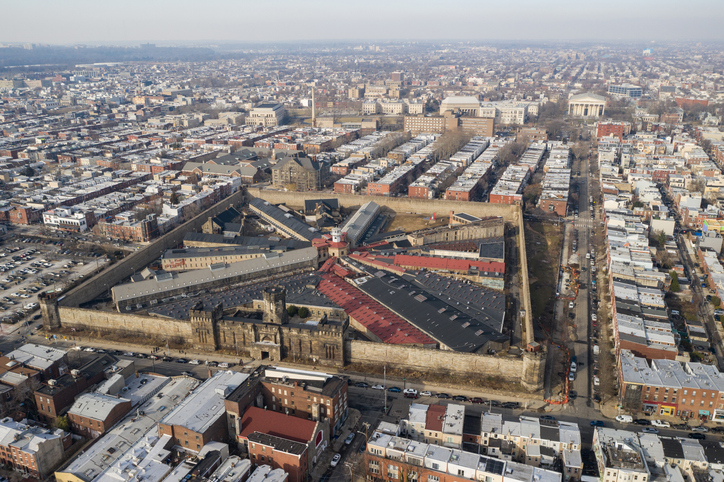
This former prison in Philadelphia, built in 1829, was the world’s first true penitentiary and inspired the design of over 300 prisons worldwide, including institutions in Japan, China, and across Europe. Its massive Gothic architecture, designed to invoke a sense of remorse and solitude, is reminiscent of imposing European castles or ancient Roman ruins. Visiting the decaying cellblocks and “Centre Block” provides a chilling, historical architectural tour that speaks to a global history of penal reform and design influence that stretches far beyond U.S. borders.
And there you have it, twenty proof points that sometimes, the most exotic destinations are closer than you think. Whether it’s stepping into a centuries-old Spanish fort or wandering a garden meticulously crafted in the Japanese tradition, these places prove that a truly great field trip can offer a genuine taste of world travel. Now go tell your teacher (or your family) to book a trip to Bavaria… or at least, the Washington version!
Like this story? Add your thoughts in the comments, thank you.
This story 20 Field-Trip Destinations That Felt Like World Travel was first published on Daily FETCH


